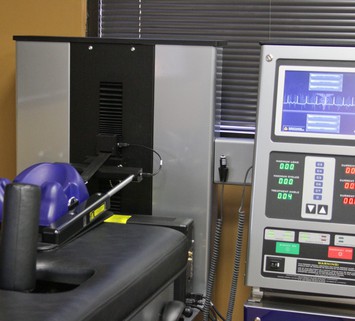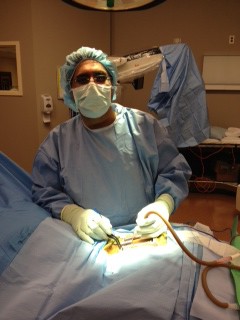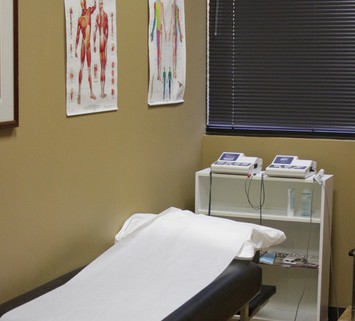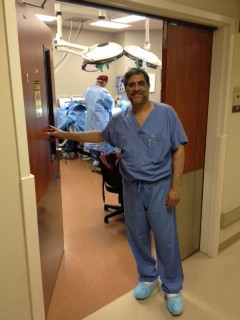Abstract
OBJECTIVE:
To determine the effect of initial therapy (surgery and external beam radiation) on the proliferative capacity of glioblastoma and whether adjunctive high focused doses of radiation therapy can further reduce the proliferative capacity of the tumor. This would provide a rationale for attempting to further control local tumor growth with the different forms of high-dose focused radiation available.
METHODS:
Patients with glioblastoma were initially treated within a randomized, controlled study with or without iodine-125 (125 I) brachytherapy after initial surgical resection and external beam radiation (50 Gy in 25 fractions). Specimens from 24 consecutive patients later reoperated for "recurrence" were used to determine the effects of 125 I brachytherapy on the histological features and proliferating cell nuclear antigen index of the tumor tissue.
RESULTS:
125 I brachytherapy reduced histological features prognostic for tumor progression, i.e., cellularity, pleomorphism, vessel hyperplasia, and degree of mitosis (P < 0.05). The degree of mitosis (marker for the mitotic or "M" phase) and proliferating cell nuclear antigen index (market for the late G1 and S phase) provide complementary data on the cell kinetics of the tumor. Proliferating cell nuclear antigen immunostaining was lower in the 125 I brachytherapy group (34.6 +/- 8.2%, mean +/- standard error) compared with the control nonimplant group (68.2 +/- 3.5%). 125 I brachytherapy produced a dramatic reduction in mitotic figures (mean histological score = 0.0 +/- 0.0).
CONCLUSION:
Adjunctive treatment of glioblastoma with discrete high doses of radiation therapy delivered by 125 I brachytherapy allows further control of the proliferative capacity of the tumor.



